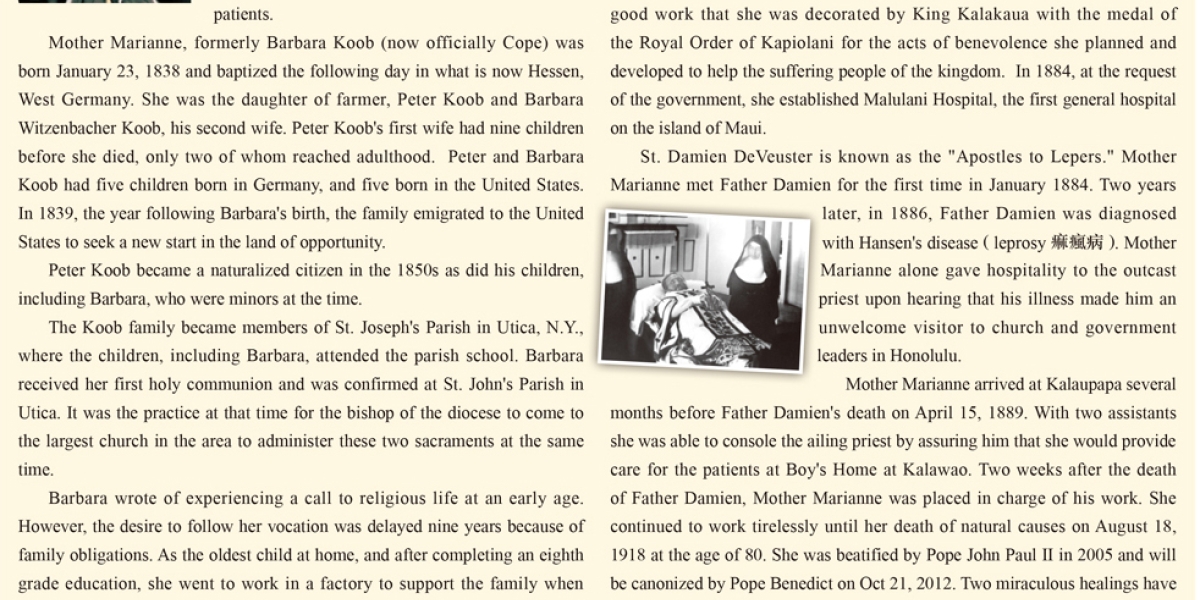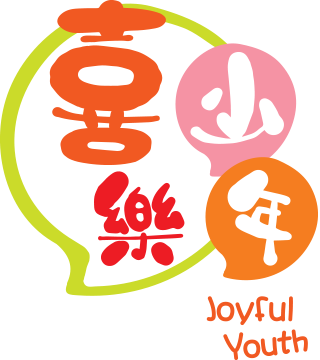昔日文章


English Around the World
2012.10.21
Waste Reduction
According to the Environmental Protection Department, Hong Kong generates over 18,000 tonnes of waste every day. If we do not act quickly to manage waste, our existing landfills will be full within a matter of years and we will be drowning in our own rubbish (“garbage” in American English). Have you ever thought of how much rubbish you alone create from the moment you get up in the morning until you go to bed at night?
The Government is currently encouraging public participation in waste management. Small changes in our habits will help, including reducing, reusing, and recycling. Before you put rubbish in a bin (“garbage can” or “trash can” in American English), think ahead what you can do to keep your home green. Here are some tips.
To reduce the use of plastic bags, bring your own carrier bags (“shopping bags” in American English). Plastic bags take years to decompose. Reuse envelopes. Keep your old exercise books (“notebooks” in American English) for paper recycling.
For easier recycling, separate waste before disposal. What things are recyclable? Waste paper, all metal such as aluminium cans (“aluminium tins” in American English), and plastics, etc. You can even send your unwanted toys, DVDs and clothing to charity groups instead of throwing them away.
On festive occasions, we may generate more waste. For example, Hong Kong families threw away more than two million moon cakes during last Mid-Autumn Festival. While a lot of poor people are suffering from food shortage, let's think twice before shopping. This can protect the environment and save your money.
Glossary
Environmental Protection Department:環境保護署
Landfills:堆填區
Waste management:廢物管理
Decompose:分解
Aluminium cans:鋁罐


Neither East Nor West
2012.10.21
Saint Marianne Cope of Molokai
Mother Marianne led a group of sisters from New York to the Hawaiian Islands in 1883 to establish a system of nursing care for leprosy patients.
Mother Marianne, formerly Barbara Koob (now officially Cope) was born January 23, 1838 and baptized the following day in what is now Hessen, West Germany. She was the daughter of farmer, Peter Koob and Barbara Witzenbacher Koob, his second wife. Peter Koob's first wife had nine children before she died, only two of whom reached adulthood. Peter and Barbara Koob had five children born in Germany, and five born in the United States. In 1839, the year following Barbara's birth, the family emigrated to the United States to seek a new start in the land of opportunity.
Peter Koob became a naturalized citizen in the 1850s as did his children, including Barbara, who were minors at the time.
The Koob family became members of St. Joseph's Parish in Utica, N.Y., where the children, including Barbara, attended the parish school. Barbara received her first holy communion and was confirmed at St. John's Parish in Utica. It was the practice at that time for the bishop of the diocese to come to the largest church in the area to administer these two sacraments at the same time.
Barbara wrote of experiencing a call to religious life at an early age. However, the desire to follow her vocation was delayed nine years because of family obligations. As the oldest child at home, and after completing an eighth grade education, she went to work in a factory to support the family when her father became an invalid. Only when her younger siblings could care for themselves did Barbara feel free to enter the convent. She did so one month after her father's death in the summer of 1862. She was 24 years of age.
Barbara entered the Sisters of Saint Francis in Syracuse, N.Y. on November 19, 1862.
On November 8, 1883, Mother Marianne left with 6 sisters to work in Hawaii. In her first two years on the island, Mother Marianne did so much good work that she was decorated by King Kalakaua with the medal of the Royal Order of Kapiolani for the acts of benevolence she planned and developed to help the suffering people of the kingdom. In 1884, at the request of the government, she established Malulani Hospital, the first general hospital on the island of Maui.
St. Damien DeVeuster is known as the "Apostles to Lepers." Mother Marianne met Father Damien for the first time in January 1884. Two years later, in 1886, Father Damien was diagnosed with Hansen's disease ( leprosy 痲瘋病). Mother Marianne alone gave hospitality to the outcast priest upon hearing that his illness made him an unwelcome visitor to church and government leaders in Honolulu.
Mother Marianne arrived at Kalaupapa several months before Father Damien's death on April 15, 1889. With two assistants she was able to console the ailing priest by assuring him that she would provide care for the patients at Boy's Home at Kalawao. Two weeks after the death of Father Damien, Mother Marianne was placed in charge of his work. She continued to work tirelessly until her death of natural causes on August 18, 1918 at the age of 80. She was beatified by Pope John Paul II in 2005 and will be canonized by Pope Benedict on Oct 21, 2012. Two miraculous healings have been attributed to her.
This is exerted from various sources including
http://blessedmariannecope.org/biography.html
http://www.nps.gov/kala/historyculture/marianne.htm


English Around the World
2012.10.14
Cooking skills
A recent research suggests that parents who want their children to grow up to be healthy adults should teach them cooking skills. Do you know how to cook? What basic cooking skills have you acquired? Boiling water in a kettle ("teakettle" in American English), opening tinned food ("canned food" in American English) or using a rice cooker to cook rice?
While Chinese people use woks with long-handled spatulas for stir frying, deep frying, steaming, and stewing, Western people normally use frying pans, saucepans and cookers ("stoves" in American English). A gas or electric cooker consists of a grill ("broiler" in American English), an oven and some hobs ("burners" in American English).
After cooking, we need to do a thankless task, which is the washing up. American people use "wash the dishes" to describe this least favourite kitchen chore. However, it is very important to keep our utensils clean to prevent breeding of bacteria. The last kitchen job is to help your parents dry the dishes with a tea cloth or tea towel ("dish towel" in American English). Don't mix this up with a towel, which is used to dry yourself, not dishes!
Without doubt, cooking is a life skill that everyone should learn. As Jamie Oliver, a famous British chef, said, this is sensible, practical knowledge that students can take into the world and actually use. Whether they're cooking for friends or feeding their future children, they will be fending for themselves, saving money and using these skills every day for the rest of their lives.
Glossary:
Spatulas:鏟
Stir frying:炒
Stewing:燜
Saucepans:(長柄有蓋的)深平底鍋
Cookers:炊具


Neither East Nor West
2012.10.14
Saints Marianne Cope of Molokai & Kateri Tekakwitha, Lily of the Mohawks (莫霍克的百合花)
As mentioned in an earlier article, Pope Benedict will canonize 7 saints on October 21, 2012, two of which will be Sts. Marianne and Kateri. I will write on the two this and next week.
St. Kateri, named after St. Catherine, was born in 1656 to a Catholic Algonquin(阿岡昆族)mother and a Mohawk(莫霍克族)father in the present state of New York. Kateri became an orphan in the year 1660, when the smallpox(天花)epidemic nearly destroyed the entire village, taking the lives of her parents and brother.
Kateri was then adopted by an uncle who had great hatred for the Christian people. The smallpox disease left Kateri with scarred skin and really terrible eyesight. Kateri moved to a new village with her uncle and his family.
After the smallpox epidemic had happened, they burned the old village and moved to Kahnawake (10 miles from Montreal, Quebec, Canada). It was in Kahnawake that Kateri saw for the first time the men they called the Blackrobes. The Blackrobes were the Catholic priests, also known as the Jesuits(耶穌會). Their job was to convert as many natives as they could into becoming Christian. For many years Kateri avoided the Blackrobes but watched with great interest as they did their work. Kateri secretly wished to be baptized a Christian but feared her uncle’s reaction, so she waited until she could no longer bear to be anything but a Christian.
On Easter in 1676, Kateri was baptized. She felt very close to God and spent many hours praying and talking to God. Over the next few years Kateri refused to marry, believing that she was married to God and no man could replace the Lord in her eyes and heart. Many people ridiculed her and her religious beliefs but Kateri would not be scared or threatened into leaving Christianity. She was very devoted to God and the Blackrobes. Kateri escaped from her uncle and the village one day to go north to learn more about Christianity, with the help of her brother-in-law and a Huron Indian.
Once she arrived at her destination, Kateri wanted to become a nun. The Blakrobes said that she was too young to do this, but Kateri proved to them that she was ready, and so they allowed her to become a sister of the mission. Kateri was very happy to spend her life as a servant of God.
As the years went on, Kateri became sick with another illness, tuberculosis (肺癆)had infected her making her weak and very ill. Over time, the disease took away all of Kateri’s strength and finally it took her life.
Kateri died on April 17, 1680 at the mission of Laprairie at the age of twenty-four. Those who were with her when she died said that Kateri’s scars disappeared and she became very beautiful. This was attributed as the first miracle for the cause of her canonization. Her remains are interred at St. Francis Xavier Mission at Kahnawake. (This author has the privilege of offering Mass at the Church several times.)
Since her death many miracles have been claimed due to her intercession. The second miracle officially attributed to her was the 2006 healing of five-year old Jake Finkbonner, when his parents prayed to her as the little boy's face was being eaten away alive from a vicious flesh-eating bacterium. He was cured and remains so today.
She is affectionately known as the Lily of the Mohawks (莫霍克的百合花).
This article is mainly taken from the web sites:
http://www.lily-of-the-mohawks.com/
http://digitaljournal.com/article/316478 - ixzz26k1btKAG


